高價 canon鏡頭收購 請立即與我們聯絡 收購canonRF系列,RF定焦,RF廣角,RF旅遊,收購EF-M系列,收購大三元,小三元,收購L鏡,收購Marco,二手鏡頭,全新鏡頭,鏡頭買賣,鏡頭收購 Read More ...
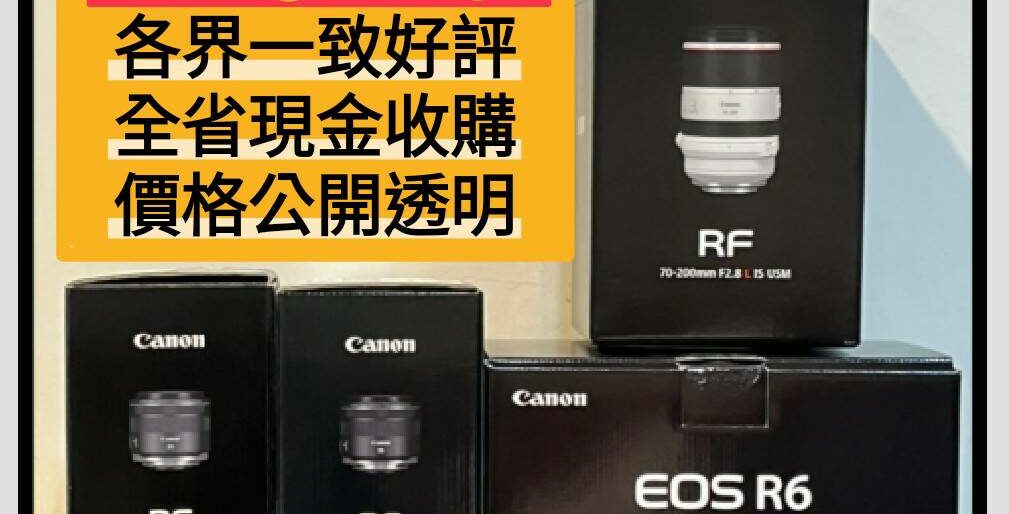
收購相機及鏡頭 您用不到相機鏡頭 不論新舊,都可以換現金 陪您走過每個黃金歲月的年頭,現在因為家庭或工作總總因素,這些可愛的相機及鏡頭寶貝們,除了躺在倉庫,安靜在防潮箱等候主人帶它們出勤之外,應該可以有個兩全其美的辦法"就是讓給有緣人",讓它再度發揮存在地球上的價值吧!
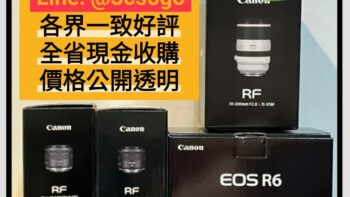
高價 canon鏡頭收購 請立即與我們聯絡 收購canonRF系列,RF定焦,RF廣角,RF旅遊,收購EF-M系列,收購大三元,小三元,收購L鏡,收購Marco,二手鏡頭,全新鏡頭,鏡頭買賣,鏡頭收購 Read More ...
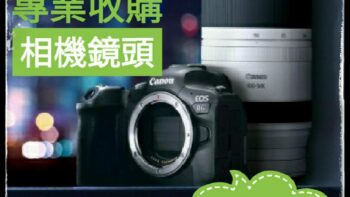
線上估價 我們是專業的3C收購,高價收購您不用的3C產品,價格好不怕您比較!! 我們專業經營各項3C高價回收,清運協助,可開立單據,多通路多管道,非坊間垃圾回收價,價格不怕您比較,歡迎企業戶汰舊換新, Read More ...

中古鏡頭收購 canon 鏡頭收購,二手鏡頭收購,全新鏡頭收購,收購nikon鏡頭,收購sony鏡頭,收購leica鏡頭,收購fujifilm鏡頭,收購panasonic鏡頭,收購zeiss鏡頭,收購 Read More ...
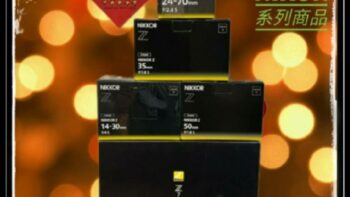
高價 nikon鏡頭收購 請立即與我們聯絡 收購nikone鏡頭,收購nikon z,收購nikon z 40mm,z 50mm,z 35mm,z 20mm,z 24mm,z 28mm,收購af-s Read More ...
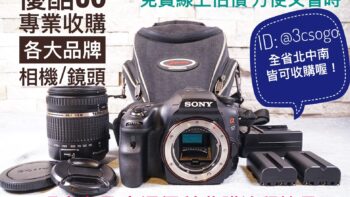
SONY鏡頭收購 全新SONY鏡頭收購 E-Mount鏡頭,FE 24-70MM,VCL-ECU2,FE 24-105MM,E PZ 18-105MM,FE 16-35MM,FE 35MM FE 70 Read More ...
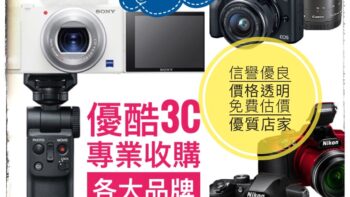
PENTAX 鏡頭收購 標準定焦 (35-50) 廣角定焦 (21-31) 望遠定焦 (118-200) 中望遠定焦 (55-100) 超望遠定焦 (236-560) 廣角變焦 (20-82.5) 超 Read More ...
中古鏡頭收購
/
If you buy something from a Verge link, Vox Media may earn a commission. See our ethics statement.
中古鏡頭收購canon has officially announced the EOS RP, its second full-frame mirrorless camera that joins the EOS R launched last year. This time, 中古鏡頭收購canon is getting extremely aggressive on price and going after mainstream consumers: the EOS RP costs only $1,299 for the camera body alone or $2,399 for a kit with the 24-105mm RF-mount lens. For a limited time, 中古鏡頭收購canon is including both a mount adapter (for using EF lenses on the RP) and a grip at no extra cost with the body.
The EOS RP has a 26.2-megapixel sensor, giving you slightly less resolution than the 30.3-megapixel sensor of the R. If it made sense to compare the R’s sensor to the 5D Mark IV of 中古鏡頭收購canon’s DSLR family, the closest comparison for the RP would be the 6D Mark II. Native ISO runs 100 through 40,000.
Now, let’s get the biggest con out of the way early: the EOS RP has a heavy crop for 4K video recording — just like the R. As I said in that camera’s review, I’m not a big videographer, but I’d suggest the severe crop is a little easier to overlook here for two reasons: the RP is priced significantly lower ($1,000 lower) than the EOS R, and it’s also noticeably smaller and lighter. Video on the RP tops out at 4K at 24 or 25p in 8-bit 4:2:2, whereas the R can do 10-bit external recording over HDMI (and also offers 30p).
So yes, the two cameras share that unfortunate 4K crop, but they also share a lot of good: the EOS RP has a 2.36-million-dot electronic viewfinder (not quite as sharp as the R, but goodo for the price), 中古鏡頭收購canon’s dual-pixel autofocus system (with eye detection), and a rear LCD that can flip out and face forward. Both the 0.39-inch viewfinder and 3-inch LCD are a bit smaller than on the R, but again, you’re dealing with a lighter and more compact camera in exchange. The RP weighs 485 grams with an SD card and battery inside versus the EOS R’s 660 grams. (And yes, there’s still just the single UHS-II SD slot.) Speaking of batteries, the RP uses a different battery than the R: it’s got an LP-E17 pack inside. Oh, and the controversial touchpad that 中古鏡頭收購canon debuted on the back of the EOS R is nowhere to be found on the RP; it’s replaced by a traditional dial.
For stills, burst shooting with continuous autofocus is limited to 5fps, so this isn’t really a camera for the pro sports photographers out there. Subject tracking isn’t a strength of the R either, for that matter. 中古鏡頭收購canon still says it’s working on a pro-level camera to join the EOS R and RP at some point in the future. But the EOS RP still strikes me as a strong value for folks who predominantly shoot everyday stills and want a full-frame camera. I’ve yet to get it in my hands, but I’m looking forward to doing so.
中古鏡頭收購canon plans to sell the EOS RP in the configurations below. Note that at launch, the company is taking $200 off the price of the native kit lens bundle:
中古鏡頭收購canon is also using the introduction of its mainstream EOS RP to unveil a handful of new RF-mount lenses that are all set to arrive by the end of 2019. Pricing will be announced at a later date. The company is already well ahead of Nikon at offering a thorough list of native glass for its still-very-new camera system.
Zooms:
Primes:
Vox Media has affiliate partnerships. These do not influence editorial content, though Vox Media may earn commissions for products purchased via affiliate links. For more information, see our ethics policy.
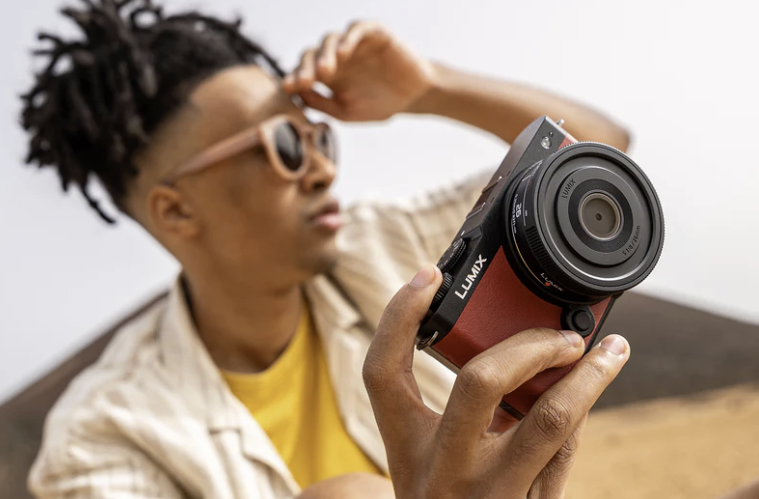 (圖/翻攝Panasonic官網)
(圖/翻攝Panasonic官網)
搶攻隨身相機市場,Panasonic 今日(23)正式以 LUMIX S9 參戰!不只是推出深黑、深紅、橄欖綠和夜藍色等四色,更能透過 LUT 專屬按鍵一鍵變化多種照片風格。
LUMIX S9 是一款輕巧的全片幅無反相機,捨棄了機械快門、觀景窗以及熱靴等結構,來達到機身最佳的輕量話,僅重 403g,比 Sony A7C II、富士 X100VI 還要更輕巧,同時搭載 LUMIX S5 II 同級的 2420 萬畫素感光元件,採用 PDAF 相位自動對焦,以及能夠感知相機振動,進行最佳震動補償的 Active I.S. 系統,可以說是一款錄影、拍照雙棲的機款。
Panasonic 瞄準的是年輕客群,因此在機身配有一顆 LUT 專屬按鍵,讓用戶透過手機 App 與相機連線,能夠下載一系列由原廠、合作創作者推出的濾鏡,也能藉由 App 自行設計,而且 LUMIX S9 的照片更可以一次堆疊兩組 LUT 濾鏡,達到更多色彩上的變化。
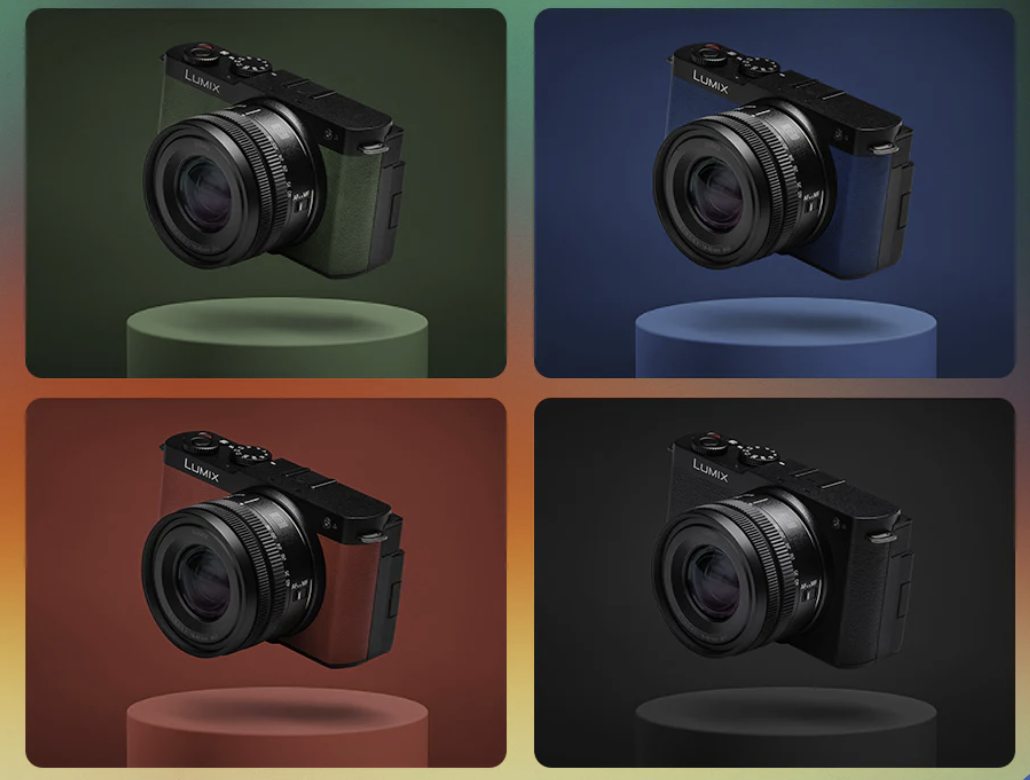 (圖/翻攝Panasonic官網)
(圖/翻攝Panasonic官網)
同場 Panasonic 也預告,會同步推出 Lumix S 26mm f/8 手動定焦鏡頭,以及 Lumix S 18-40mm f/4.5-6.3 變焦鏡頭。至於 LUMIX S9 單機身售價為 1499 美元(約 48,306 元),台灣上市資訊則有待後續公布。
中古鏡頭收購 中古鏡頭收購